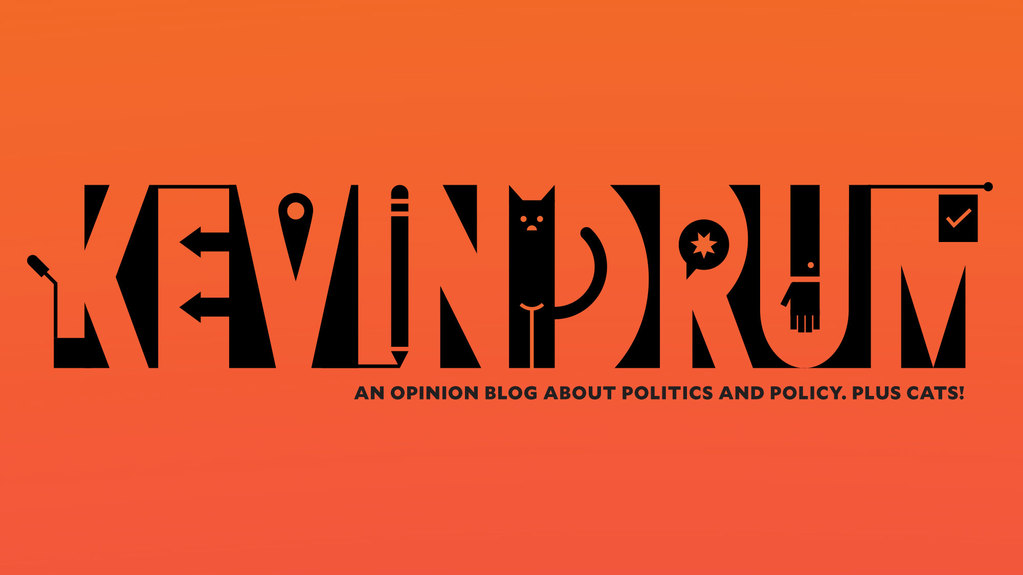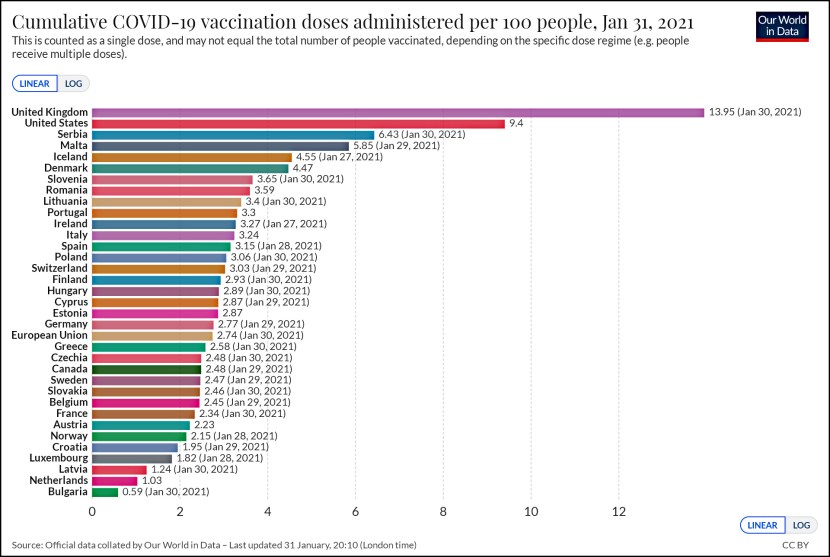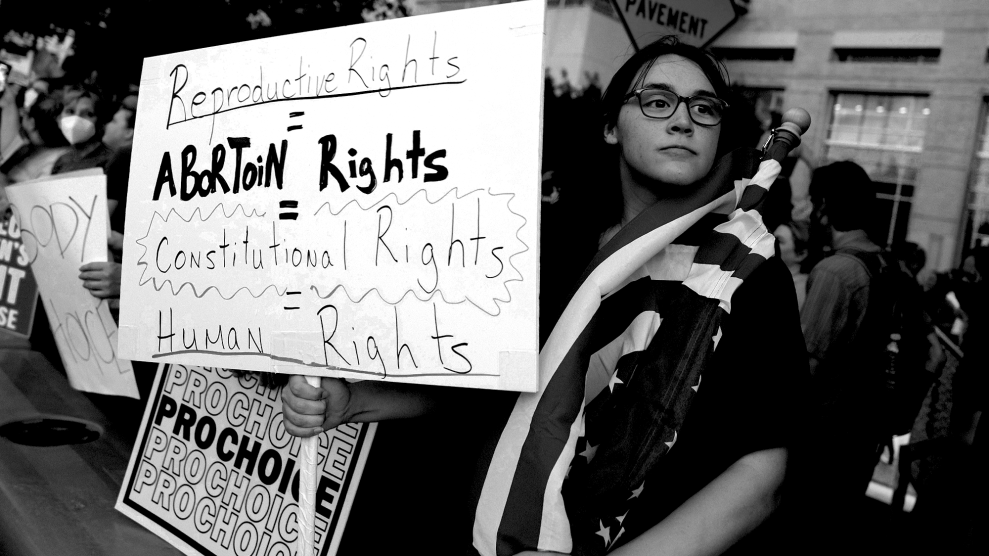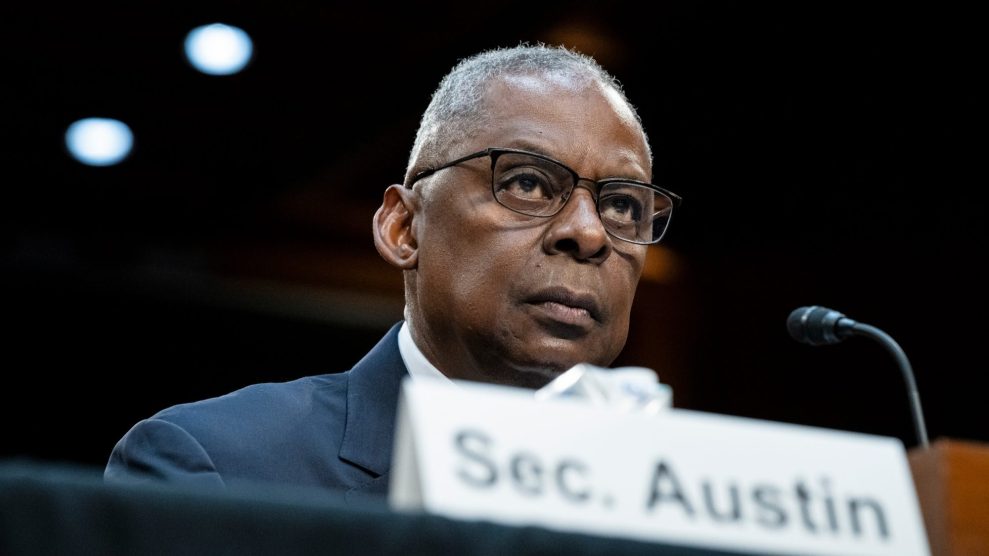Over at the Wonk Room, Igor Volsky notes that AHIP, a healthcare insurance trade group, has finally announced its position on healthcare reform:
Specifically, by enacting an effective, enforceable requirement that all Americans assume responsibility to obtain and maintain health insurance,
we believe that we could guarantee issue coverage with no pre-existing condition exclusions and phase out the practice of varying premiums based on health status in the individual market. While we support transitioning to a reformed system in which health-status-based rating is no longer used, rating flexibility based on age, geography, family size, and benefit design is needed to maintain affordability.
Volsky is pretty unimpressed, but I guess I feel slightly more generous toward this proposal than he does. If AHIP is serious, this represents a philosophical concession that’s worth having. Unfortunately, the devil is in the details.
AHIP says that in return for making insurance mandatory, the industry is willing to guarantee coverage to everyone, regardless of health status. But check out that last sentence, which is a loophole big enough to drive an EMT ambulance through.
I’ll grant them family size as a reasonable criteria for premium flexibility. Obviously a big family should be charged more than a single person. But age? Health issues rise rapidly with advancing years, so it would be fairly easy to avoid the worst risks by simply making premiums rise dramatically after age 50. Geography? Everyone knows that poor people tend to have the worst health, and obviously they cluster in low-income areas. Benefit design? Every health insurance company understands where the costs are in the system. If plans with decent coverage of expensive chronic conditions like diabetes are priced out of reach, then nobody will buy them even if, technically, the premium isn’t based on health status.
Now, some of this is simply fodder for regulation. Maybe you can set minimum standards for plan benefits, or limits on how fast premiums can increase with age. But as Volsky points out, AHIP’s position today isn’t really very different from its position in 1992, which it abandoned at the first sign of political opportunity. Liberals, including me, have a fond hope that the political scene is different today than it was in 1992, which might keep AHIP from bolting, but recent events suggest that Republicans are pretty likely to adopt the same “Just Say No” strategy this year that they did during the Clinton administration. It’s possible that the political scene hasn’t changed as much as we think.
Bottom line: AHIP’s statement is better than no statement. It’s progress of a sort, especially if they’re serious about it and willing to accept reasonable regulations on how it gets implemented. We’ll see.














